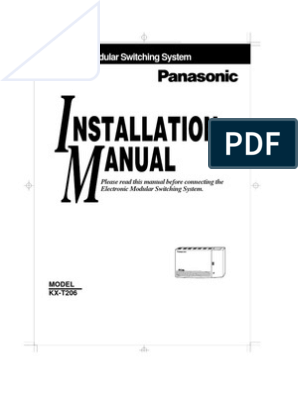0% found this document useful (0 votes)
14 views4 pagesMultidimensional Arrays
The document explains multi-dimensional arrays in PHP, where each element can be an array, and values are accessed using multiple indices. It also covers how to extract values from arrays into variables using the list() construct, and how to convert between arrays and variables using extract() and compact() functions. Additionally, it describes methods for traversing arrays, particularly using the foreach construct to loop through elements and access their keys and values.
Uploaded by
saiCopyright
© © All Rights Reserved
We take content rights seriously. If you suspect this is your content, claim it here.
Available Formats
Download as DOCX, PDF, TXT or read online on Scribd
0% found this document useful (0 votes)
14 views4 pagesMultidimensional Arrays
The document explains multi-dimensional arrays in PHP, where each element can be an array, and values are accessed using multiple indices. It also covers how to extract values from arrays into variables using the list() construct, and how to convert between arrays and variables using extract() and compact() functions. Additionally, it describes methods for traversing arrays, particularly using the foreach construct to loop through elements and access their keys and values.
Uploaded by
saiCopyright
© © All Rights Reserved
We take content rights seriously. If you suspect this is your content, claim it here.
Available Formats
Download as DOCX, PDF, TXT or read online on Scribd
/ 4
























































































